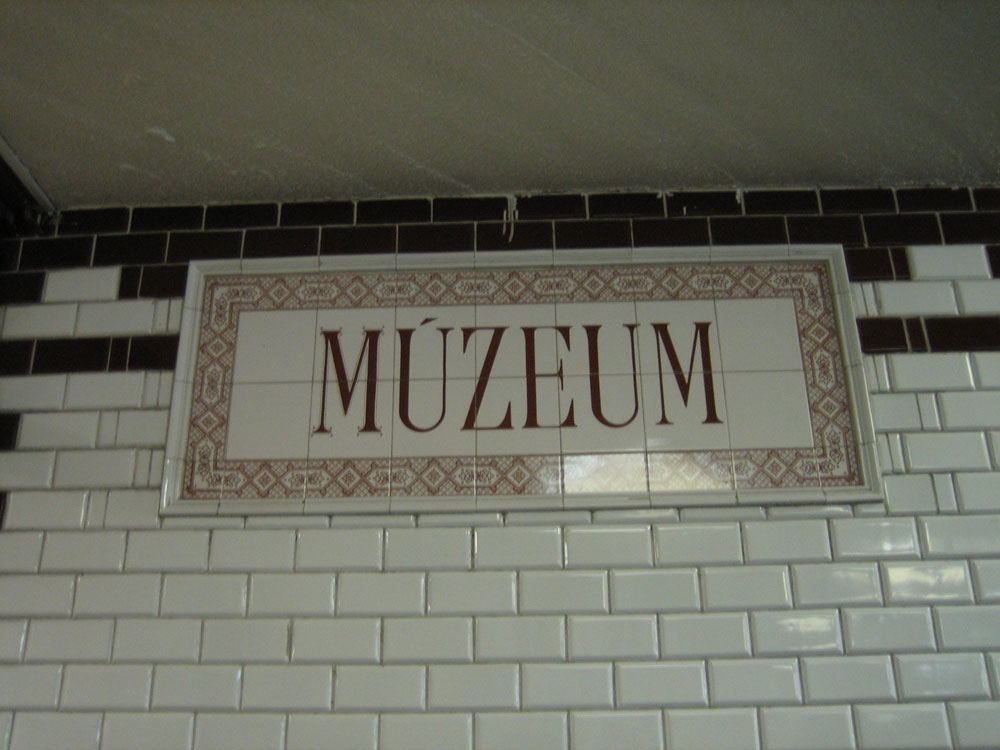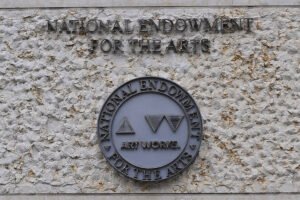
November 9, 2020; IEEE Spectrum and American Alliance of Museums
“No touching.” As children, we were told to use our eyes and not our hands to appreciate museum pieces—some more often than others. Now, in this time of COVID, the question has become how cultural institutions can effectively reach out to engage former attendees and new audiences.
Over the past eight months, cultural institutions have had to reevaluate their operations due to potential safety risks of attending museums in person. Layoffs and furloughs have continued, while capacity restrictions have led to significant revenue losses. Some museums, like the Brooklyn Museum and the Palm Springs Art Museum, have put prized works of art on the auction block, while others may be considering mergers or even dissolutions.
Some gaps may be bridged by financial support from the federal CARES Act and funders like the Andrew W. Mellon Foundation or America’s Cultural Treasures initiative including the Ford Foundation and Bloomberg Philanthropists. Yet, the future landscape of US art museums may look drastically different in the years to come.
For nonprofit arts organizations, approximately half of all revenue is generated from “program service revenues (ticket sales, admissions, subscriptions, program ads, and gift shop sales) along with investment income and dues and assessments” according to Loren Renz of the Foundation Center.
COVID has severely limited museums’ ability to attract income. COVID-19 could lead to the closing of one third of US museums, according to a survey by the American Alliance of Museums (AAM). In June, the association surveyed 760 museum directors across the country of different sizes and subject areas. Other findings reported by AAM include 87 percent of surveyed museums have a year or less of financial operating reserves and 75 percent supporting virtual education programs during the pandemic.
Despite these challenges, museums around the country have creatively responded to the limitations of COVID-19, from virtual tours to online events to new uses of outdoor space, like teaching drawing in a parking garage.
As Kaywin Feldman, director of the National Gallery of Art told the New York Times, “The gallery closed on a Friday still in the 20th century, and on Monday, we went online and entered the 21st century.”
Sign up for our free newsletters
Subscribe to NPQ's newsletters to have our top stories delivered directly to your inbox.
By signing up, you agree to our privacy policy and terms of use, and to receive messages from NPQ and our partners.
Of museums’ responses, virtual learning centers have appeared from the Children’s Museum of Houston and the Children’s Museum of Manhattan; the Michigan Museums Association held “Colleague Chats” to engage their community. AAM also put together a list of recommended resources for museums and cultural institutions to “stay connected” with audiences.
Despite the pandemic, some new museums are opening. In late October, the Planet Word Museum opened its doors in Washington, DC. Museums are also looking to the future both in terms of how post-pandemic museums will resume operations with more effective use of space, as well as a broader and more diverse audience.
Culture Track, a tracking survey from the agency LaPlaca Cohen, showed promising insights for potential program development. From 122,000 completed surveys, 40 percent of respondents who engaged with art museum’s digital content hadn’t visited in person museums over the past year.
“A working hypothesis,” said Arthur Cohen, founder and CEO of LaPlaca Cohen, in Museum Magazine, “is that digital might remove the ‘threshold’ from ‘threshold fear’—that is, digital content overcomes perceptual and other barriers that have kept people from physically crossing the threshold of the museum. This could be because they do not feel invited or included, or they do not see other people like themselves participating.”
Cohen also shared that 96 percent of respondents sought change within cultural organizations. 53 percent of respondents desired support from cultural organizations to “laugh and relax” while 49 percent sought help “stay[ing] connected.”
For museums, resilience seems to go hand in hand with relevancy. Elitism has long been considered a pre-existing condition at some cultural institutions.
As Manual Charr elegantly clarifies in MuseumNext, “As centers of learning and understanding, museums can teach us how to discuss issues of diversity in a civil and constructive way.”
During this time of political divisiveness, museums can make an important mark on history. It may require changing standard operating procedure and broadening the bench of contributors from the board level to featured artists, but in doing so museums can more truly meet their missions of advancing cultural appreciation, engagement and understanding—Nicole Zerillo











